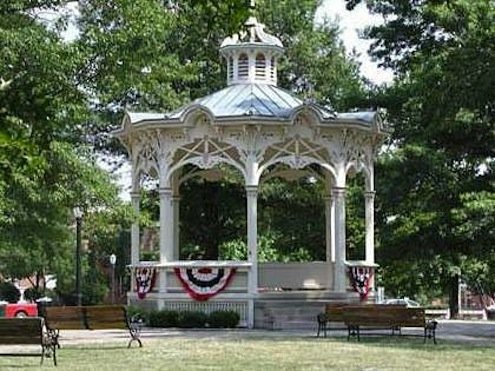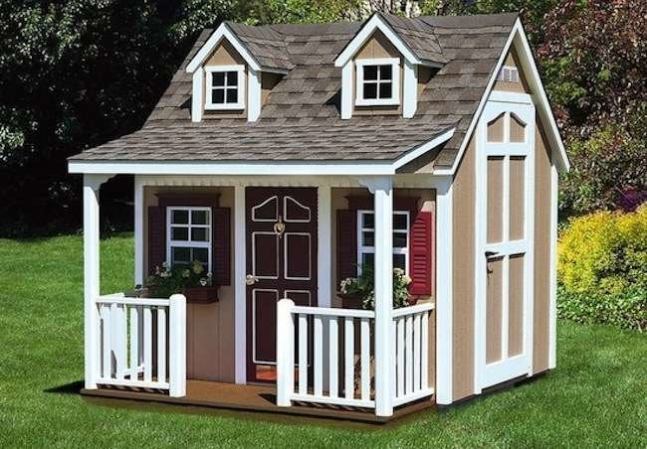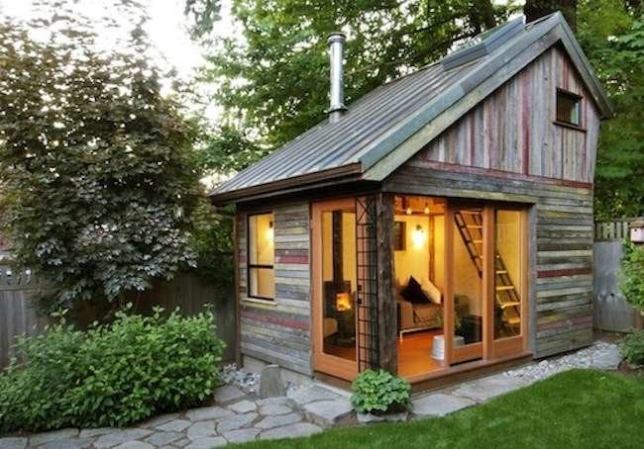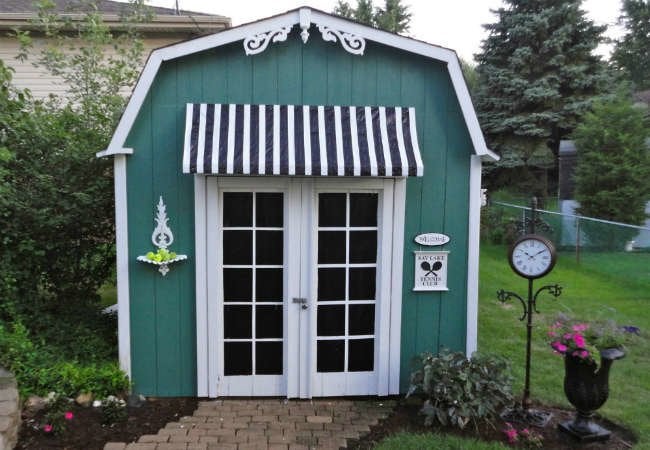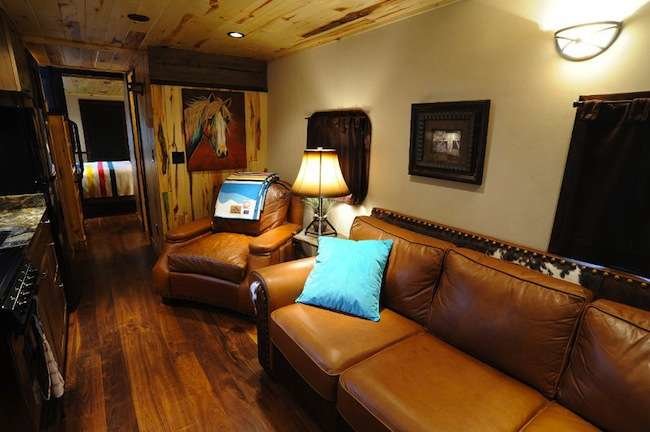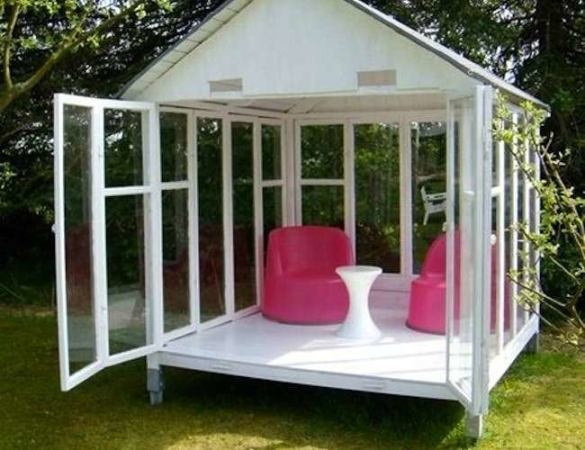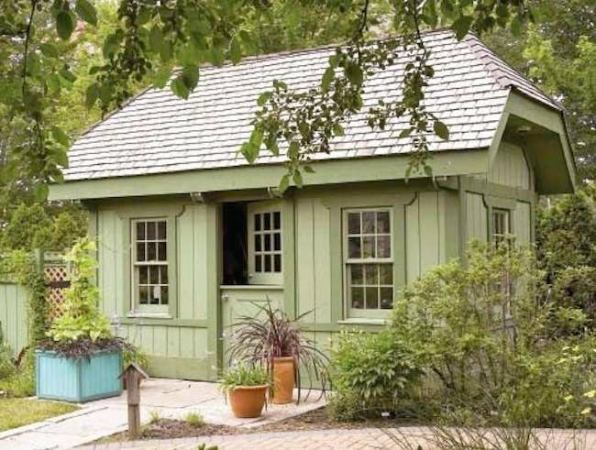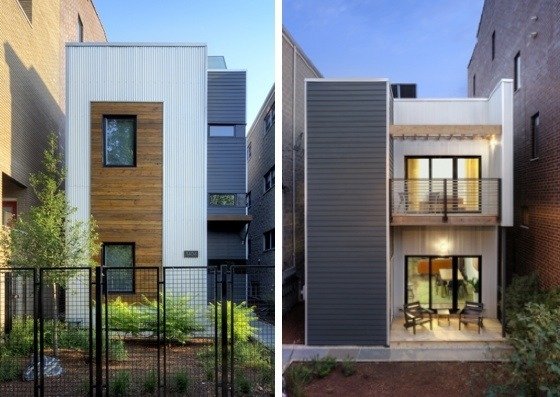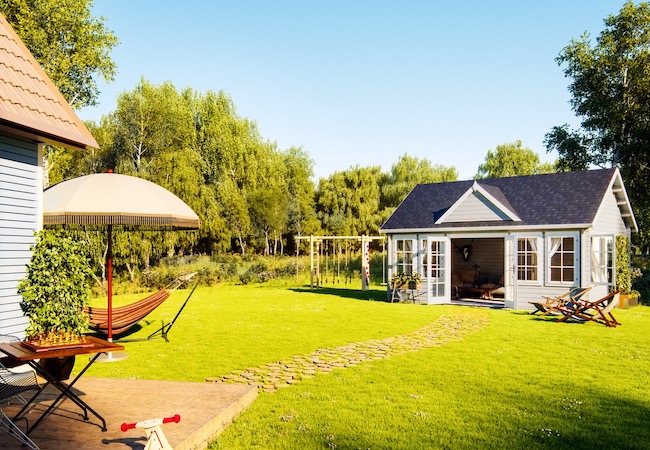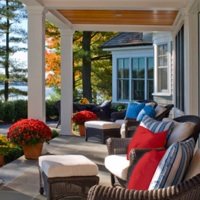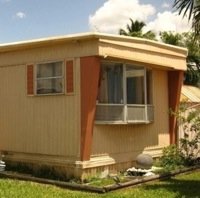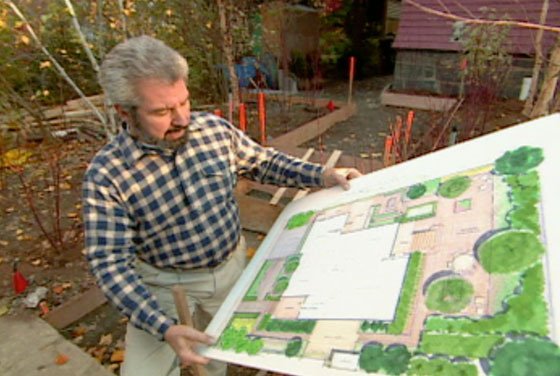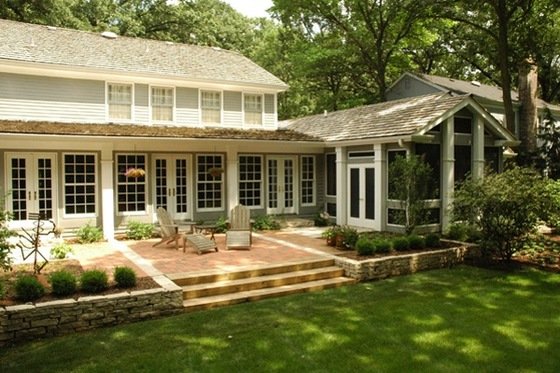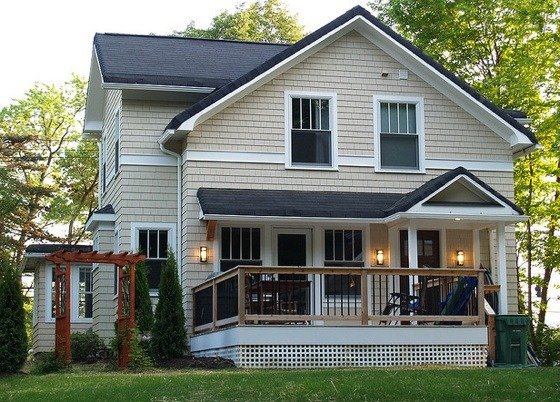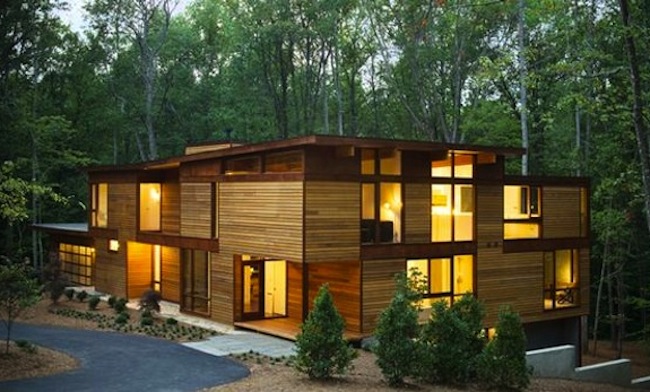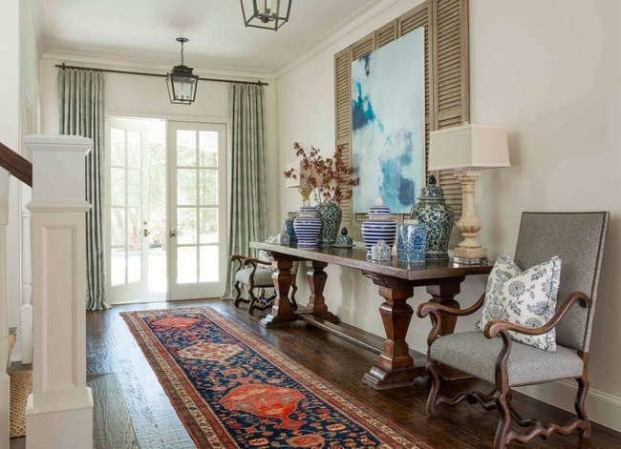We may earn revenue from the products available on this page and participate in affiliate programs. Learn More ›
Nothing says “summer” quite like a gazebo. Images of languid afternoons sipping ice-cold lemonade in the sheltering shade of one of these iconic structures have become part of our collective consciousness. And whether they are expansive public pavilions large enough to accommodate a barbershop quartet, or small, intimate backyard retreats, gazebos are a classic element of park and garden architecture here in the United States.
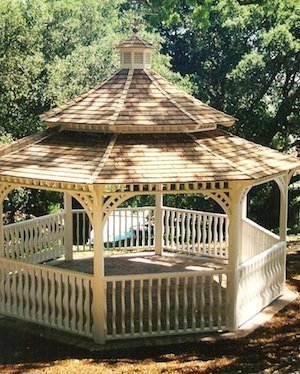
Gazebos typically are freestanding structures, most often octagonal or oval in shape, featuring low walls around a raised base, open sides and a pointed, conical roof. Many gazebos reflect a Chinese or Persian design influence, with a pagoda or tiered shape to the roof.
Although the popularity of gazebos dates to 18th and 19th century English gardens, it is here in small-town America that these petite summerhouses became ubiquitous backyard buildings. Indeed, historians say that George Washington had a small, octagonal gazebo on his Mount Vernon estate, and Thomas Jefferson had a pavilion in his vegetable garden at Monticello.
Related: Arbors: A Garden’s Best Friend
Gazebos are constructed of a wide variety of materials, including pressure-treated white pine, weather-resistant redwood or cedar, vinyl, aluminum, steel, engineered wood and composites. There are also wood, vinyl, or metal frame kits that are designed to be used with removable fabric tents to erect temporary gazebos.
Gazebo construction is well within the reach of most avid do-it-yourselfers, with an array of pre-assembled options and building kits available from national home improvement stores as well as local retailers.
Some retailers sell pre-built gazebos, often called “Amish gazebos”, which are constructed by hand in Pennsylvania’s Amish communities and delivered to the homeowner. These structures typically are shipped on a truck and can be placed directly on level ground, on a bed of crushed stone, or on poured cement footings or slabs. (Do-it-yourself gazebo kits can be placed on any of these same substrates.)
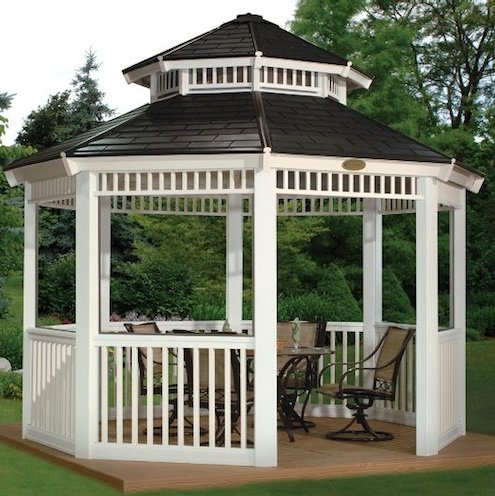
When considering gazebo construction, there are myriad functional and decorative choices to be made. Working from the ground up, flooring options include no flooring (placing the gazebo directly on the ground), a basic raised deck, or a decorative raised deck (in which the floor boards form a pattern).
Support posts and braces can be plain or have decorative carved elements, while the bottom section of the gazebo can be constructed of solid wood panels or railings (straight or carved).
The doorway can be open or have a gate; the interior can feature built-in benches or seating; and screens can be used to keep out pesky bugs. Electrical outlets can allow lights, fans, or appliances to be added. And gazebos can be painted, stained, or weathered, depending on the type of material used in construction.
An ornamental gazebo roof can be a truly individual design element: options include a straight roof, curved roof, a tiered roof or a cupola, covered with either roofing shingles or wooden shakes. Some gazebos even feature whimsical weathervanes as a personalized fashion statement.
The final finishing touch? Well, homemade lemonade, of course! In a one-gallon pitcher, mix two cups of sugar with one cup hot water until sugar dissolves, then add two cups of lemon juice (fresh squeezed would be best). Fill pitcher with cold water and garnish with fresh lemon slices. Pour over ice and enjoy in a garden gazebo!
For more on outdoor living, consider:
Pergolas: What’s Old Is New Again
Planning Guide: Wood Decks
Patio Pavers 101

